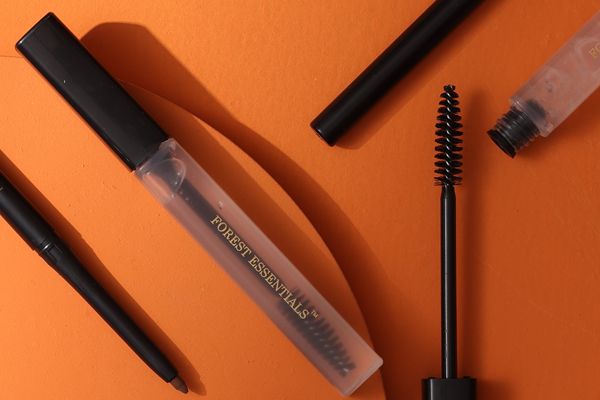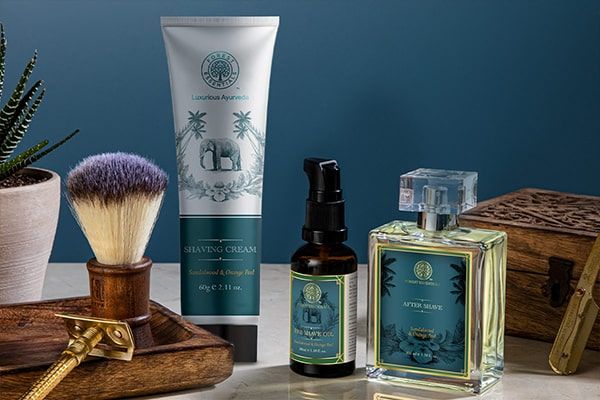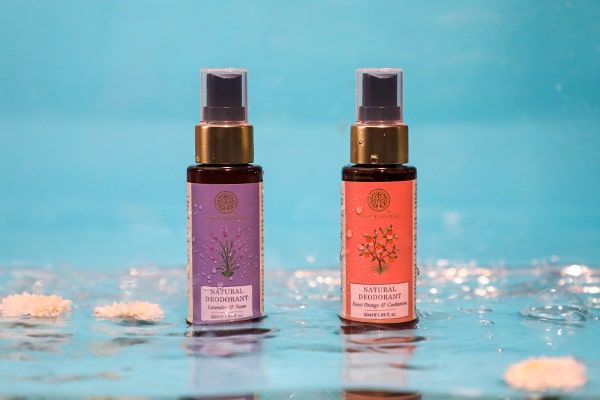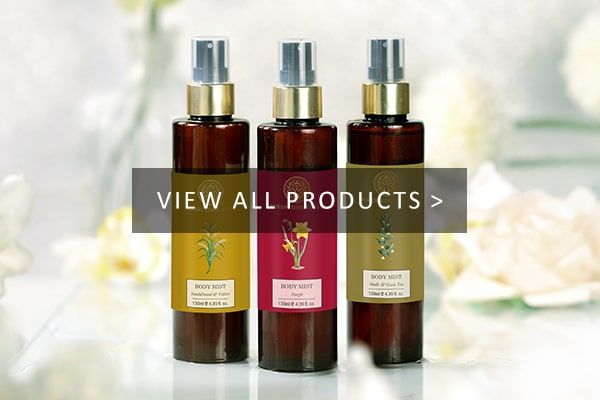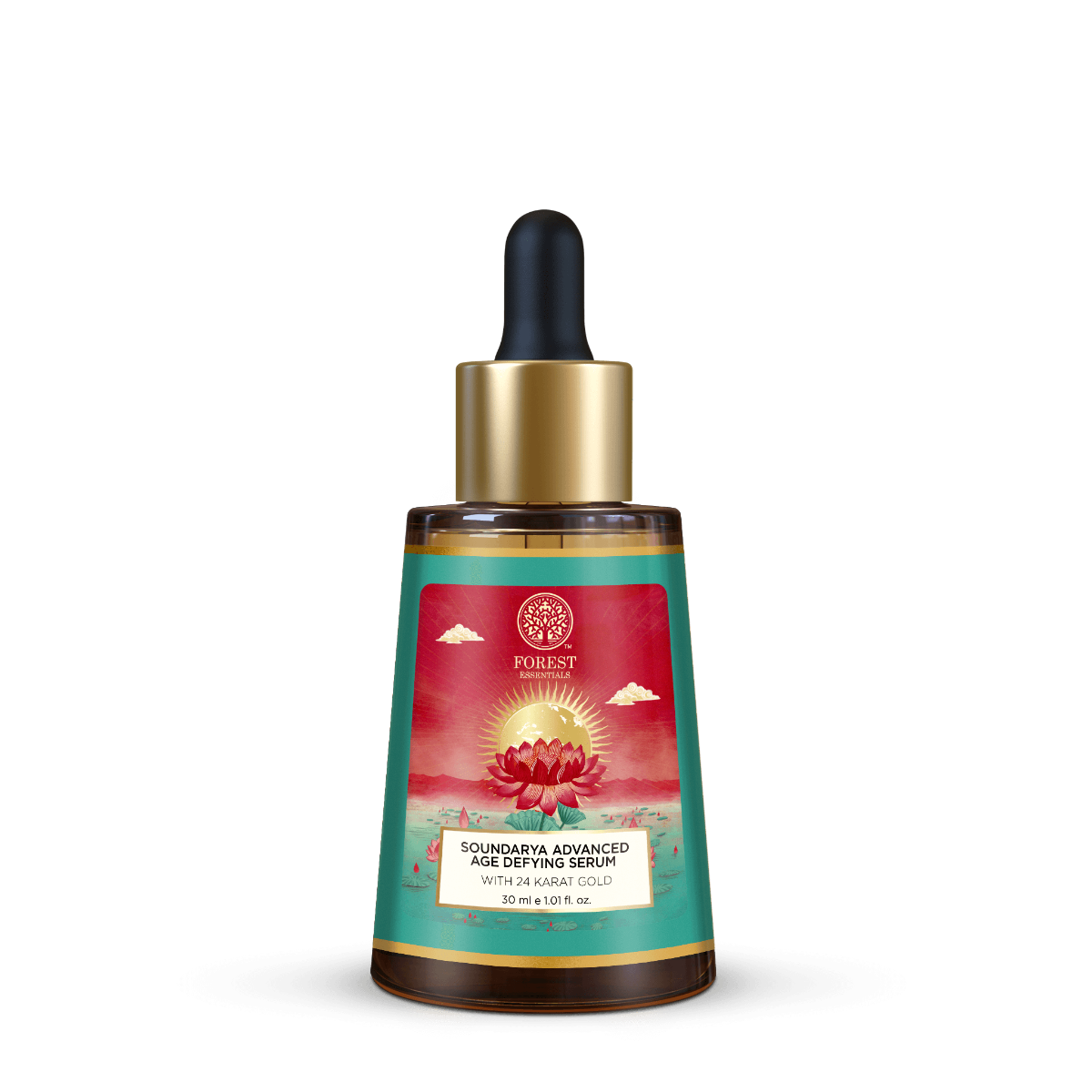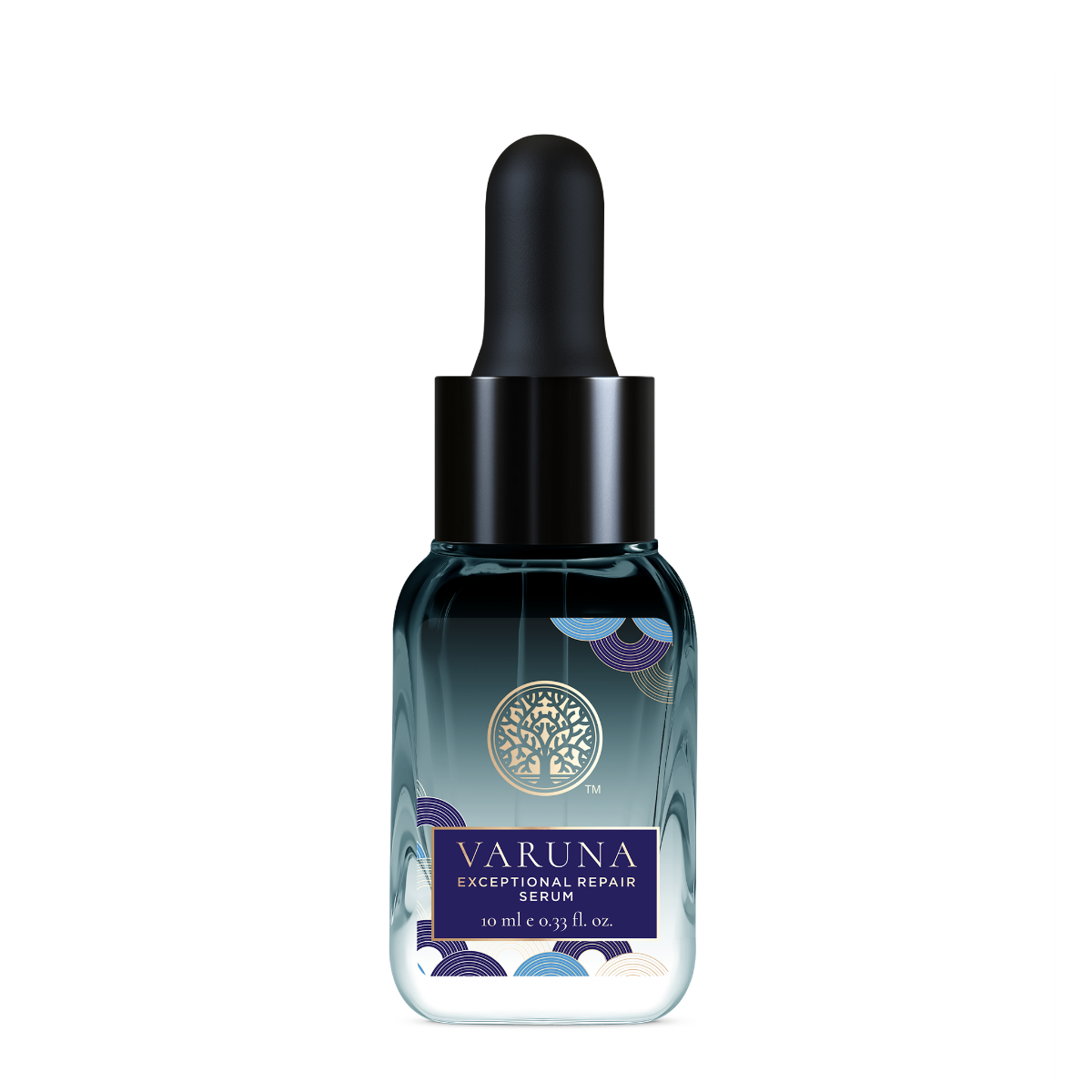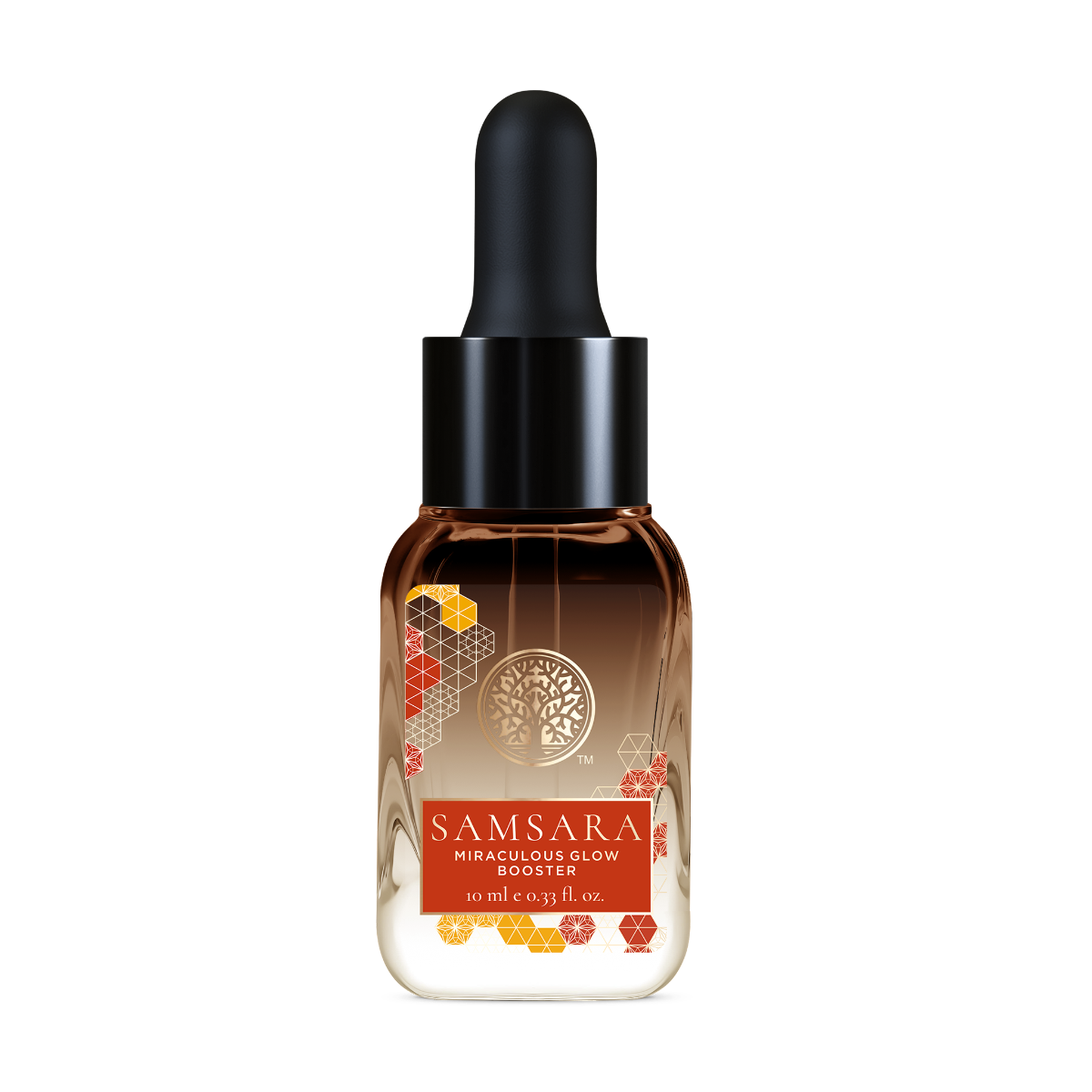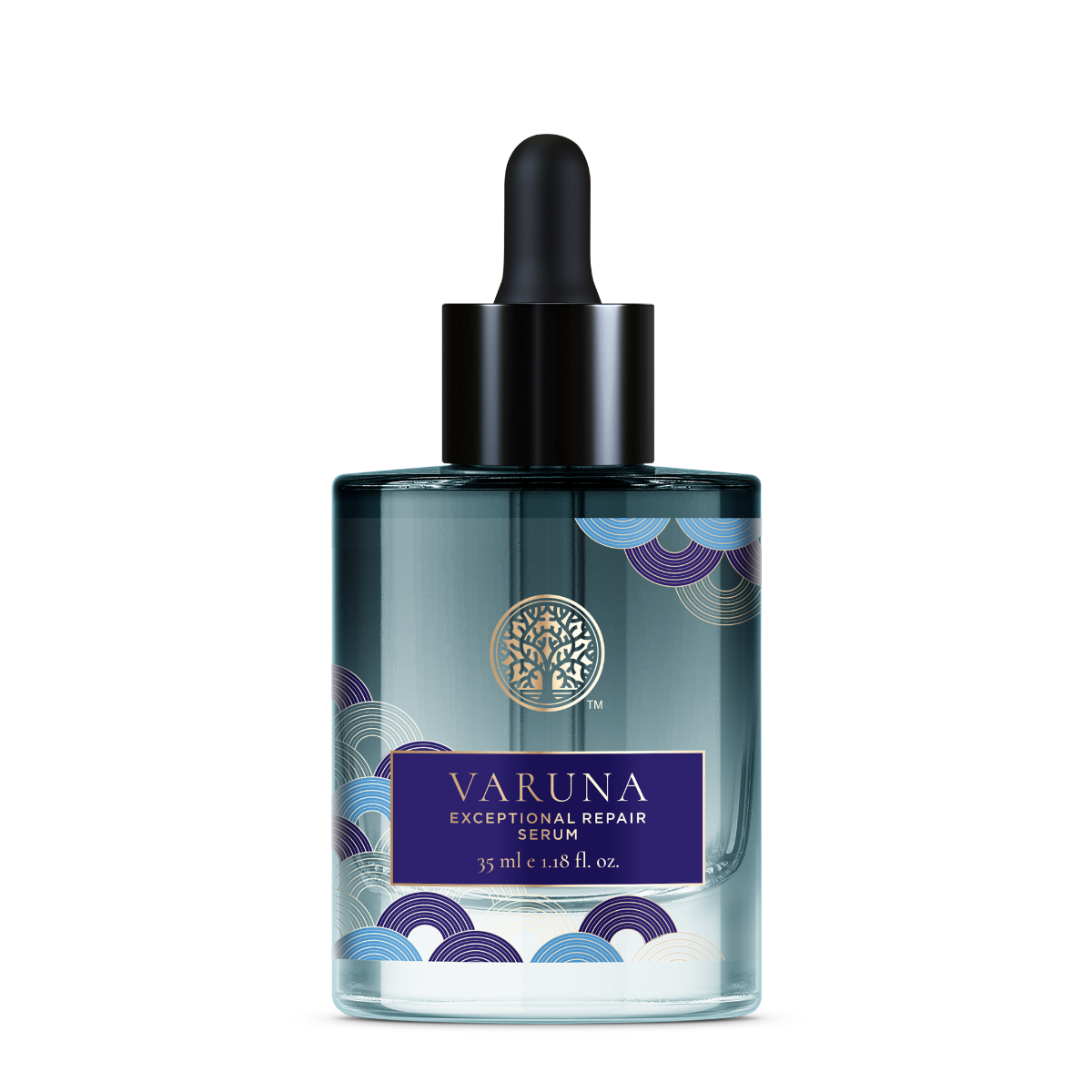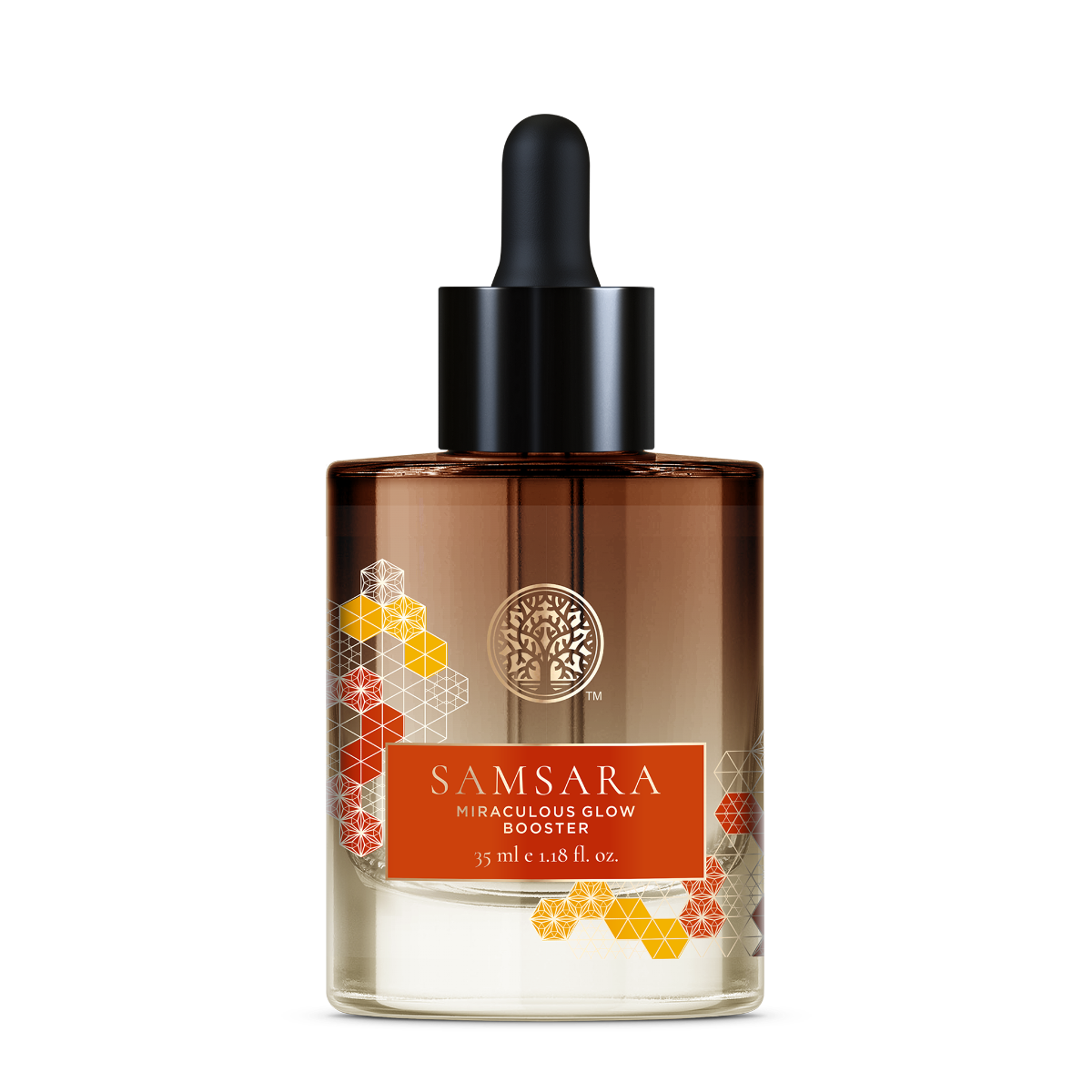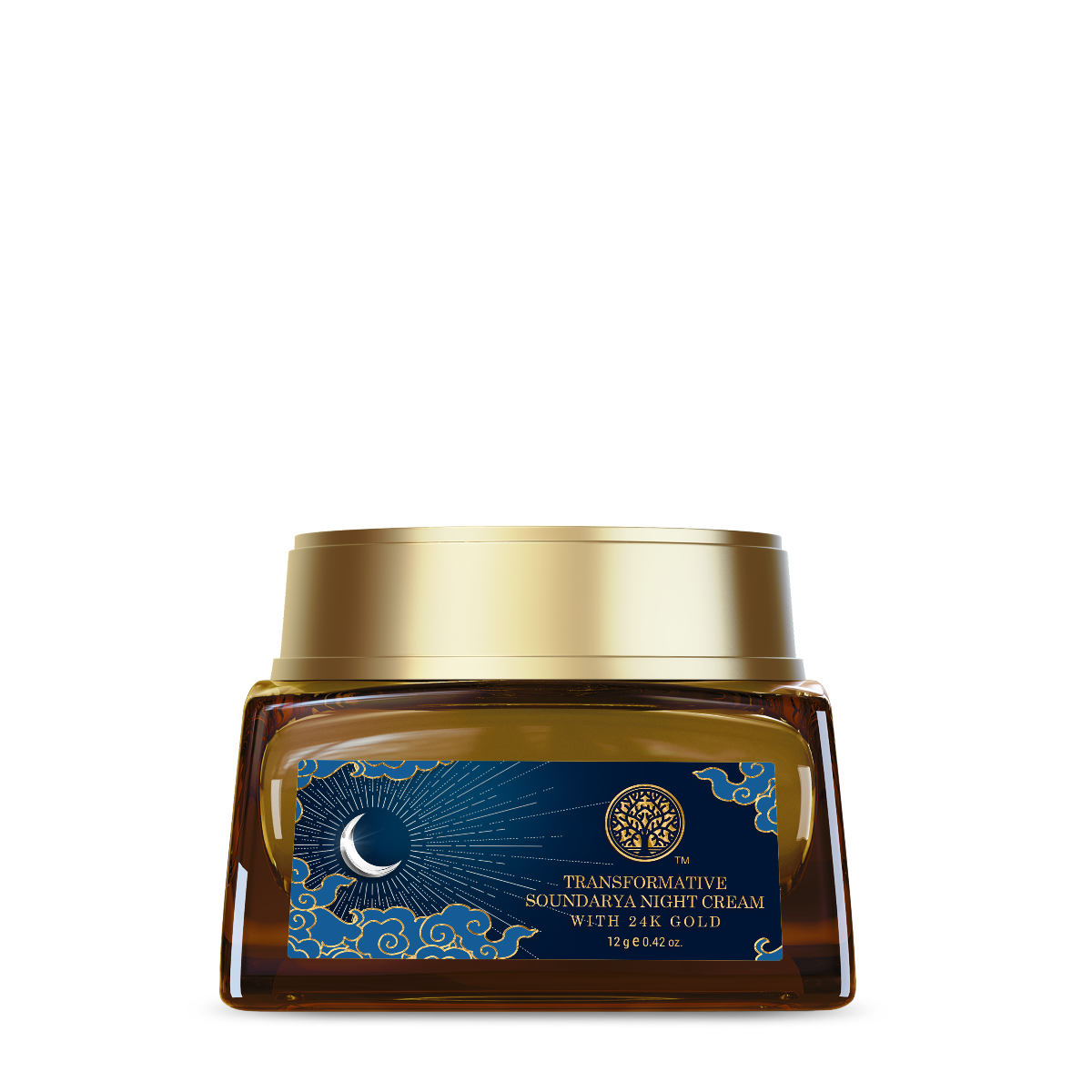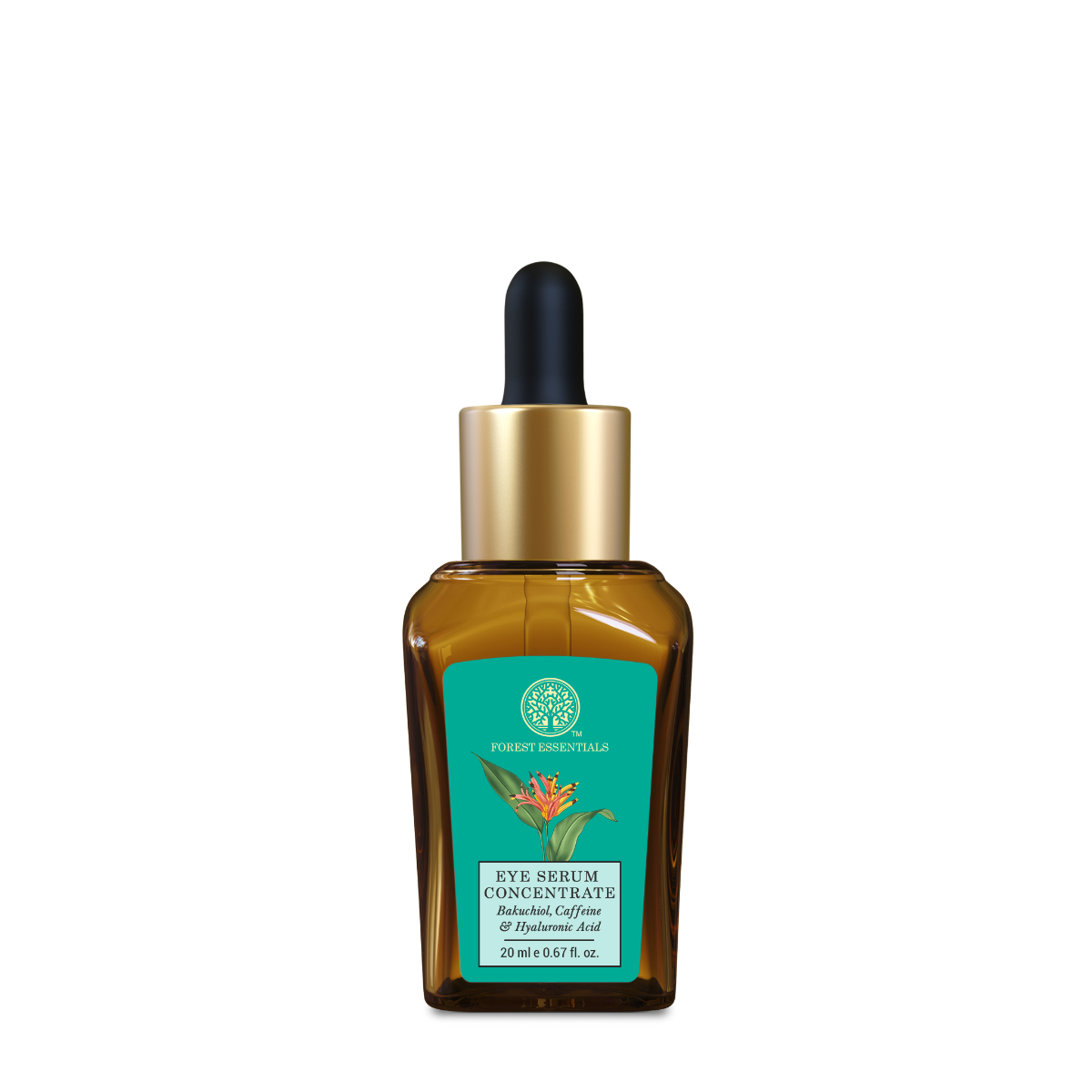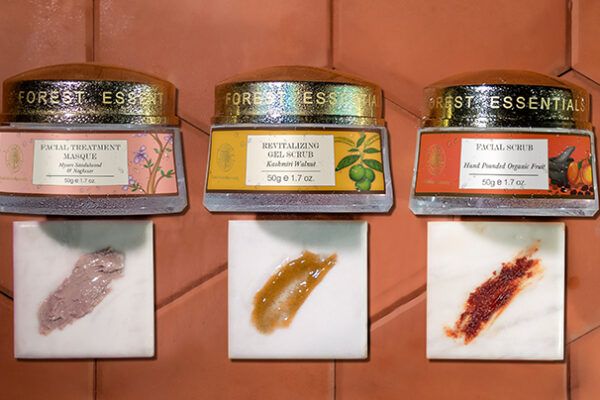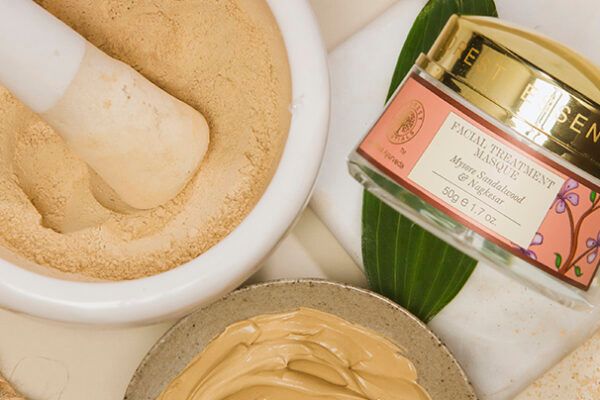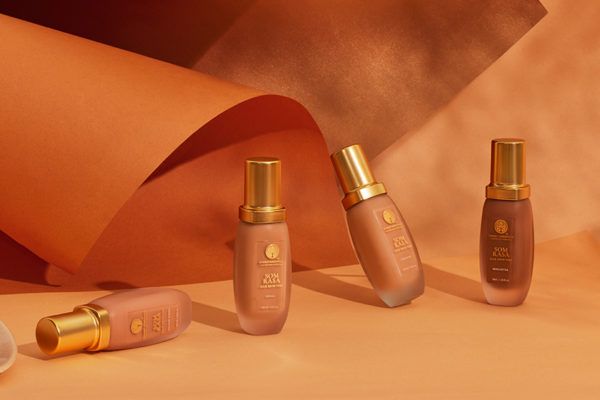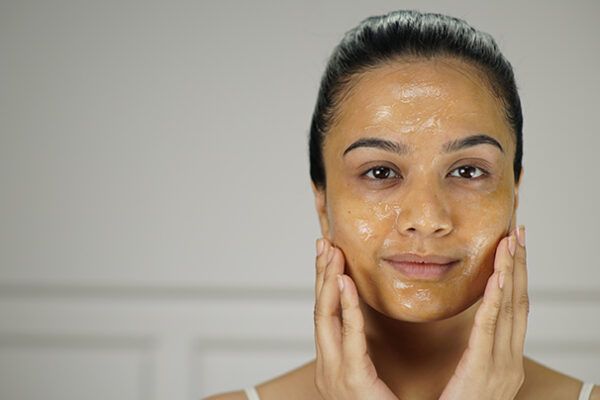Have you ever fallen for the hype of trending skincare products, eagerly anticipating the promised flawless glow only to face an unexpected breakout instead? It’s a scenario many of us can relate to – the allure of that miracle product that everyone’s raving about can be hard to resist. However, the reality often differs from the advertised results.
Importance of Understanding Your Skin Type
Understanding your skin type is crucial when establishing a skincare regime. While everyone needs the essentials, the best formulas for each skin type can vary immensely depending on their unique characteristics and needs.
Identifying your skin type enables you to tailor your skincare routine by selecting products designed to address your concerns. This personalised approach minimises the risk of adverse reactions and optimises the efficacy of your skincare regimen.
Read on to learn how to know your skin type—from the comfort of your home.
Different Skin Types
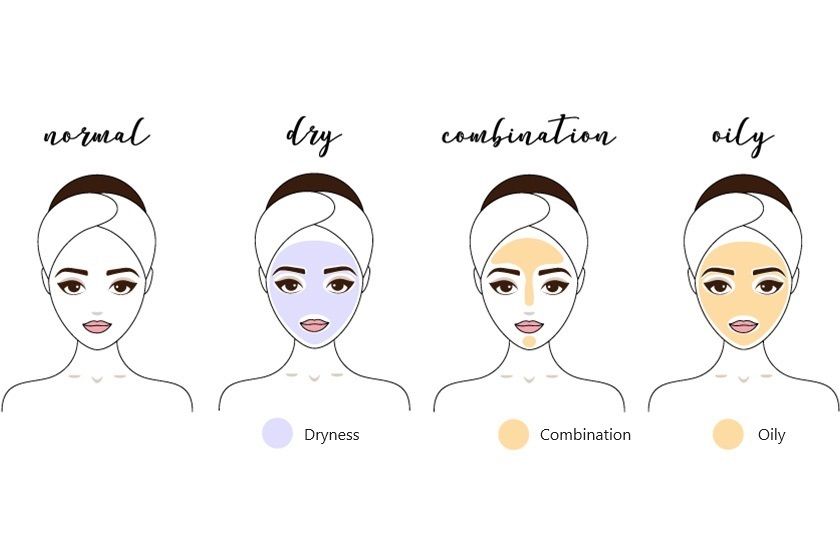
Normal Skin
Normal skin is often well-balanced, neither too oily nor too dry. Individuals with normal skin typically have fine pores, good circulation, and a smooth, even texture. They usually don’t experience frequent breakouts or extreme sensitivity. This skin type maintains a healthy balance of oil production, resulting in a naturally radiant complexion.
Dry Skin
Dry skin lacks moisture, often leading to tightness, roughness, or flakiness. It may appear dull and show visible fine lines or red patches. Those with dry skin often experience discomfort or itching due to dehydration. This skin type produces less sebum, resulting in a deficiency of natural oils necessary for maintaining moisture.
Oily Skin
Oily skin produces excess sebum, giving it a shiny or greasy appearance. Individuals with oily skin are more prone to acne, blackheads, and enlarged pores. Throughout the day, they might need to manage excess oiliness by blotting or using oil-absorbing products. Genetics, hormonal changes, or environmental influences can contribute to oily skin.
Combination Skin
Combination skin is a blend of different skin types within specific facial areas. It typically manifests as an oily T-zone (forehead, nose, and chin) and drier cheeks. The T-zone tends to be oilier, with more visible pores and a tendency for acne. On the other hand, the cheeks might be drier or more sensitive, requiring additional hydration and gentle care.
Can Your Skin Type Change?
Your skin type can change over time due to ageing, hormonal fluctuations, lifestyle changes, and environmental influences. For instance, someone with oily skin during their teenage years might notice a shift toward drier skin as they get older due to reduced oil production. Hormonal changes, such as those experienced during pregnancy or menopause, can also alter skin characteristics, causing fluctuations in oiliness or dryness. Additionally, lifestyle factors like changes in climate, exposure to pollutants, diet, stress levels, and skincare habits can contribute to shifts in skin type.
How to Know Your Skin Type at Home
Now that you understand the different skin types, you can start taking steps to identify your skin type. The following are two simple skin type tests to help you find your skin type from the comfort of your home.
The Bare-Face Method

The bare-face method is a simple yet effective way to identify your skin type. First, ensure your face is thoroughly cleansed and free from makeup or skincare products. You can use our Delicate Facial Cleansers, which gently cleanse without drying out the skin. Allow your skin to air-dry naturally without applying any moisturisers or treatments.
After approximately 30 minutes, observe how your skin looks and feels.
Normal skin: If your skin feels balanced, neither oily nor dry, and appears smooth without noticeable shine or flakiness, you likely have normal skin.
Dry skin: If your skin feels tight, appears rough, or shows signs of flakiness or dullness, it indicates dry skin. Dry skin might also feel uncomfortable or itchy due to a lack of moisture.
Oily skin: Skin that appears shiny or greasy, especially in the T-zone (forehead, nose, and chin), and feels slick or produces noticeable oiliness, indicating oily skin.
Combination skin: If certain areas, like the T-zone, appear oily while other parts of your face, like the cheeks, feel drier or normal, you likely have combination skin.
The Blotting Paper Method
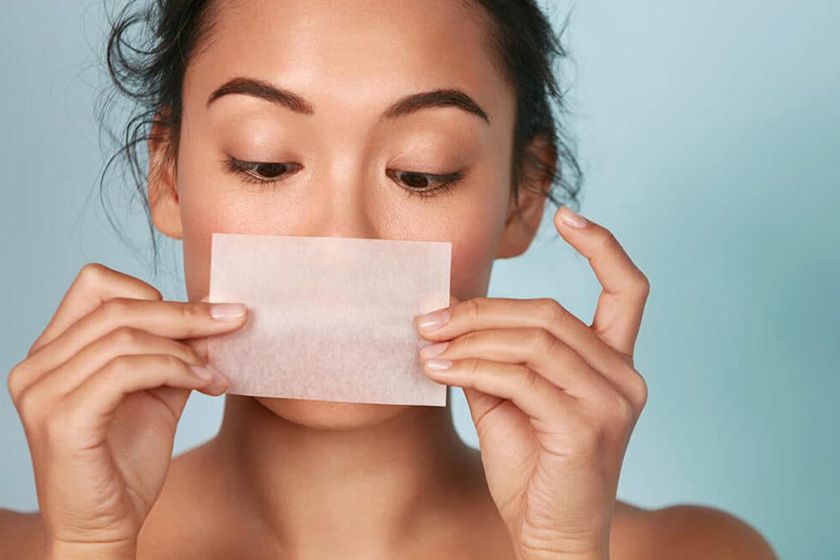
The blotting paper test quickly finds your skin type by assessing your skin’s oil production. Start with a clean face and let your skin rest for about an hour to allow natural oils to accumulate.
Then, take a clean sheet of blotting paper and gently press it against different areas of your face, focusing on the forehead, nose, cheeks, and chin for a few seconds to absorb any excess oil. Hold the sheet to a light to see how much oil was absorbed.
Normal skin: If the blotting paper reveals minimal oil on all areas of your face, you likely have normal skin. Normal skin produces a moderate amount of oil evenly across the face.
Dry skin: If the blotting paper doesn’t pick up much oil or shows almost no oil traces, it suggests dry skin. Dry skin produces little oil, resulting in a lack of noticeable residue on the blotting paper.
Oily skin: Oily skin will leave noticeable oil spots on the blotting paper, especially in the T-zone and possibly on the cheeks. The paper may appear translucent or greasy after pressing it against the skin.
Combination skin: For combination skin, the blotting paper might pick up oil predominantly in the T-zone, while other areas might display less or no oiliness. This indicates an oily T-zone and potentially drier or normal cheeks.
Conclusion
Now that you’ve discovered our two easy methods to identify your skin type, you can create a personalised skincare routine tailored to your skin’s unique needs. Explore our diverse facial care products meticulously formulated for various skin types and specific concerns. By selecting products that match your skin type, you can optimise the effectiveness of your skincare routine, enhance your skin health, and effectively address any concerns.

FAQs
How do I know my exact skin type?
You can find your exact skin type by using simple methods like the bare face method or the blotting paper test. These methods involve observing how your skin feels and looks without any products or using a blotting paper to assess oil production in different facial areas.
Why do I need to know my skin type?
Knowing your skin type is crucial because it helps you select the right skincare products and treatments that specifically cater to your skin’s needs. Understanding your skin type ensures an effective skincare routine, addresses concerns, and promotes a healthier complexion.
What skin type is most common?
Most people have combination skin, which means their face is a mix of oily and dry areas. Typically, the forehead, nose, and chin (known as the T-zone) can be oily, while the rest of the face might be dry. This happens because the skin produces too much oil in some places, making those areas shiny, while other parts can feel a bit dry.
Can skin type change over time?
Yes, skin type can change over time due to factors such as ageing, hormonal fluctuations, climate changes, skincare habits and health conditions. These influences can lead to variations in oil production, hydration levels, and overall skin conditions.
How do I pick the right skin product?
According to Ayurveda, dry skin corresponds to the Vata skin type, which is prone to becoming rough and parched. Moisturisers containing a certain amount of oil, such as those infused with Ashwagandha, Almond Oil, sesame oil, or Ghee, work remarkably well for this skin type.
Pitta skin type is likened to oily skin in Ayurveda. Those with this skin type are advised to use cooling facial products with ingredients like Sandalwood, Aloe Vera, and predominantly water-based and oil-free formulations.
Kapha skin, similar to combination skin, benefits from exfoliation. Individuals with this skin type should opt for medium-weight effective skincare.
References
https://www.kiehls.com/skincare-advice/how-to-determine-your-skintype.html
https://www.vogue.in/content/how-to-find-out-your-skin-type-without-going-to-an-expert
https://www.vogue.in/content/whats-your-skin-type





